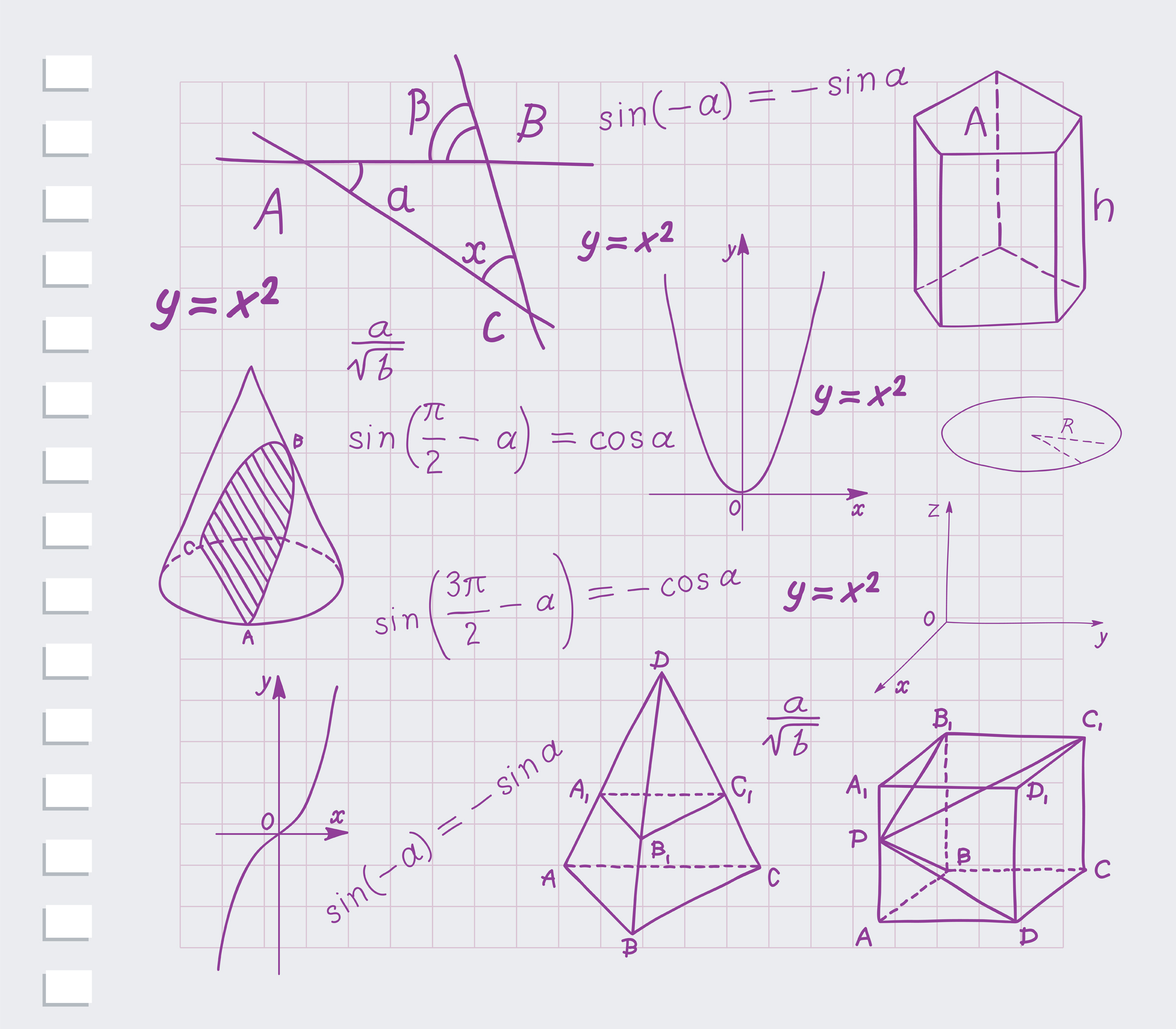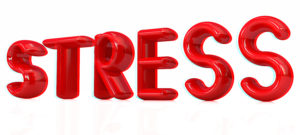Have you ever tried to make a change, and failed?
Like getting out of depression or anxiety, stopping self-sabotage or procrastination, or stopping poor health habits?
Or have you always succeeded in making a change without ever failing?
Becoming happy and peaceful, allowing success and self-worth to flourish, developing energetic self health care?
That’s right. You know the answer.
In order to make a change successfully, consider this.
It takes a certain set of skills or abilities to sustain “a problem”.
If you’re feeling confused right now, that’s alright. Just smile – it will get better.
Curious?
Neuroscience has discovered that an impulse, urge, feeling, state of being, or internal experience can be sustained in the brain for only 90 seconds. It’s absolutely physically impossible for our brain to sustain it any longer.
That means in order to stay in any positive or negative experience, the brain’s neurostructure must be re-activated over and over again. There must be a successive and successful pattern to keep the state energized. Otherwise, it would change, because we’re always changing.
In order to sustain what you might consider to be a “negative” state (where you’ve now decided, “This just isn’t working for me anymore.”), you must recognize and appreciate that there is a successive, successful pattern that keeps your “problem” going. That’s the good news! Yes, the good news!
It takes (unconscious) persistance and repetition to fuel your “problem”.
So if you’re curious about how to really solve your “problem” and how to successfully create change, here’s an intriguing and fun way to begin change now.
Grab a piece of paper and write down the answers to the following questions. Better yet, find a partner to help you explore the questions. Have fun! It’s essential that you leave your internal critical voice behind you – this is not about judging, criticizing, blaming, punishing, or guilt-tripping yourself about failure. Rather, it’s abour curiosity, discovery, and insight into the resources you’ve not been fully appreciating, until now.
Ready? Here goes.
(1) Define clearly “the problem”.
The more clearly you state it, the easier it will be to make the change. So don’t just say, “I feel anxious.” State why that’s a problem now. How do you know you’re feeling anxious? How does it feel in your body? When do you feel it? Where do you feel it? How often do you feel it?
Fot example, “My anxiety is draining my energy. I can’t sleep at night, and when I do, I keep waking up. I’m exhausted in the morning. I can’t think clearly or make good decisions. It’s like knots in my stomach. My neck and back ache. I’m becoming more accident prone and forgetting to follow through on projects at work. I’m snapping at my kids and pushing my wife away. My friends are uneasy around me.”
(2) How would you like it to be different? What’s your desired outcome?
Be specific. Let your imagination paint the picture, the more vivid, the better. What will you feel, see, hear, taste, smell, know, and experience when your “problem” is solved; when the change is made?
Don’t just say, “I wouldn’t be in a destructive relationship.” Instead consider, “I’d be in a healthy, satisfying relationship, filled with laughter, intimacy, joy, and mutual respect. We’ll share interests like skiing, hiking, and baseball. We’ll visit Ireland. We’ll share core values like integrity, faith, and freedom. We’ll raise our kids in a small town.”
Write it down – the picture of how you would like it to be different now.
Here’s the fascinating part! You’re going to discover a remarkable “Skill Set” that you’ve been using to “do the problem”. Remember – no judgment or blaming in this exploration. Just curiously observe what your mind reveals to you.
(3) Ask what skills or abilities have you developed and used to keep “the problem” going?
Here are a few for your consideration:
- Persistence
- Patience
- Repetition of a pattern resulting in a consistent outcome
- Focus
- Determination to stay the course; to not deviate from your plan (pattern)
- Strength to endure discomfort
- Ability to delay the gratification (of feeling successful and good about yourself)
- Prioritize, making a choice to stay uncomfortable
- Striving under difficult circumstances
- Resilience
- Balance to maintain homeostatsis (staying in the same place for a prolonged period of time)
- Push through pressure
- Capacity to withstand rejection, humiliation, guilt, or shame
- High pain theshold
- Ability to tolerate disappointment
You get the idea, yes? How could you have not been successful in sustaining your “problem” without these wonderful skills? Look how well you’ve been doing your “problem”! What incredible resources you’ve rallied to accomplish your “problem” with such precise consistency! You’ve taken “doing the problem” beyond a science to an art form. You’ve been incredibly creative!
(4) Now reviewing your “Skill Set List”, ask when in your life have you used these skills to create the results you really wanted?
State at least five experiences you’ve had in your life where you used these skills and were happy with the results. You remember – you were thrilled with the outcome – successful, a sense of self worth and accomplishment – joy, peace, laughter, light-heartedness – feeling powerful, competent, worthy – whatever felt great to you. You used this skill set, and you were jazzed about the outcome!
Like when you landed the perfect job, organized that massive project, connected with a life-long friend. How did this skill set help you accomplish that positive result?
(5) Reflecting on #2 – your desired outcome – take each of the above skills on your list and ask how can you now apply that skill to your desired outcome?
For example, rather than putting off (procrastinating), you prefer getting things done. Consider how could delaying gratification, balancing homestasis, or having a high pain threshold help you “get things done”?
Taking all of the energy you were once putting into “doing the problem” would be far better invested in your desired outcome, you can imagine that now.
(6) If you are re-investing your incredible, resourceful skill set into “what you would like better” what one, specific, small, measureable step can you take now that would begin to produce your desired outcome?
With each one, specific, small, measureable step you take, you transfer your energy from “the problem” to the outcome. When you stop focusing on “doing the problem”, it loses its power. The more energy you transfer to your outcome, using your well developed skill set, the weaker your problem becomes.
What we focus on magnifies and strengthens in power.
Seems silly to keep doing your “problem” so well, don’t you think? How about using that same skill set to do “your desired outcome”?
And as you’re more effectively solving problems, how about some effective stress management, as well?
Click below
If you’re stuck in solving a problem, consider this resource:








